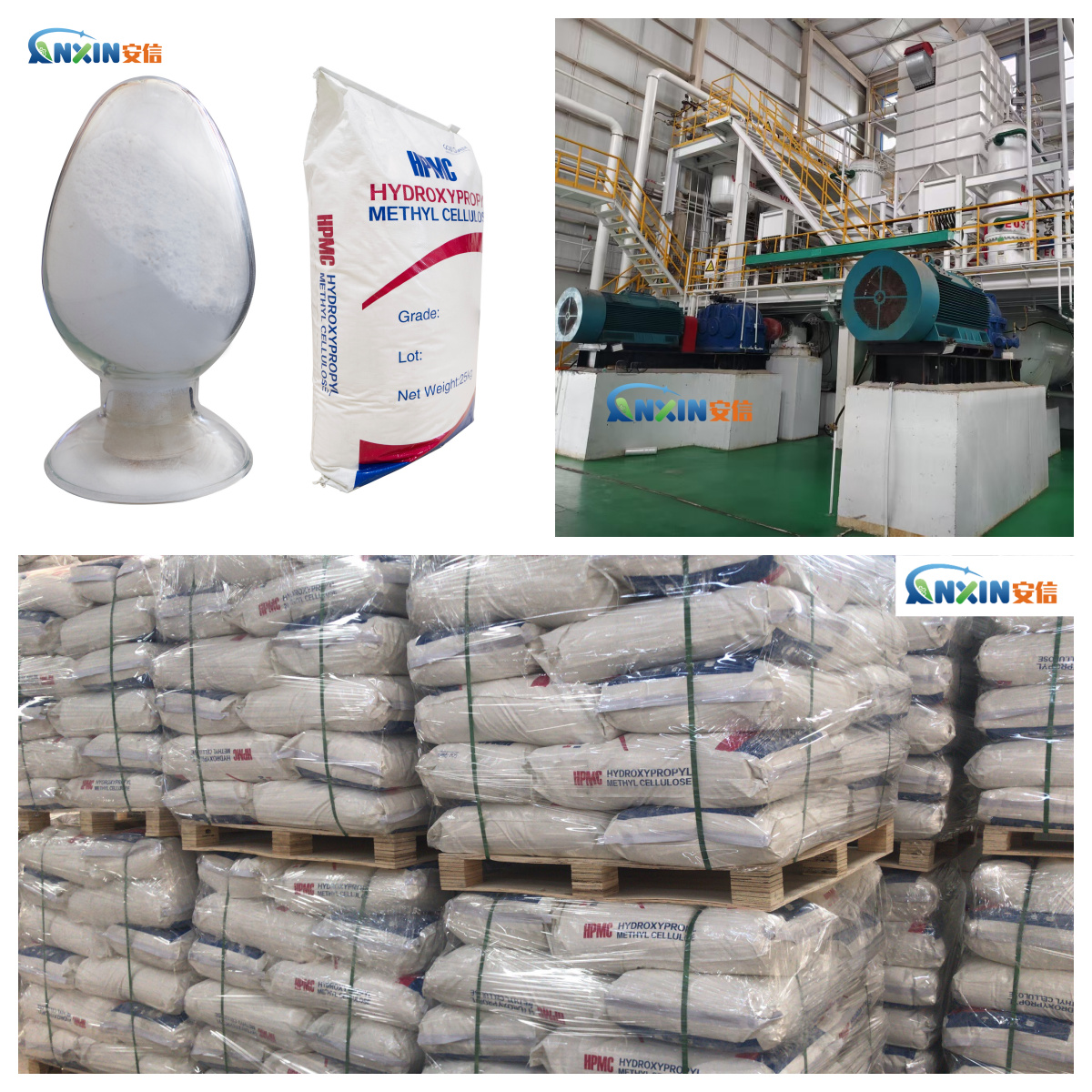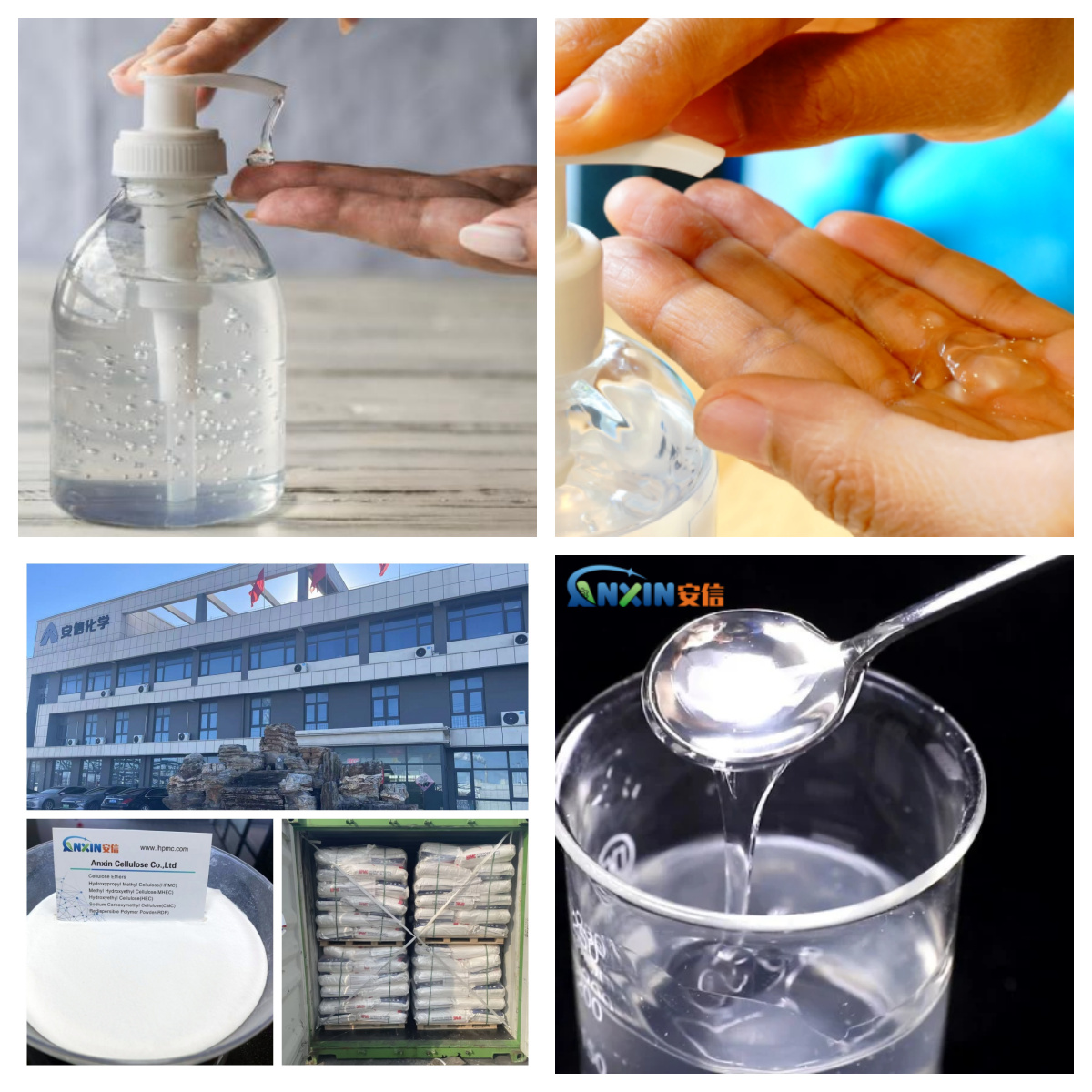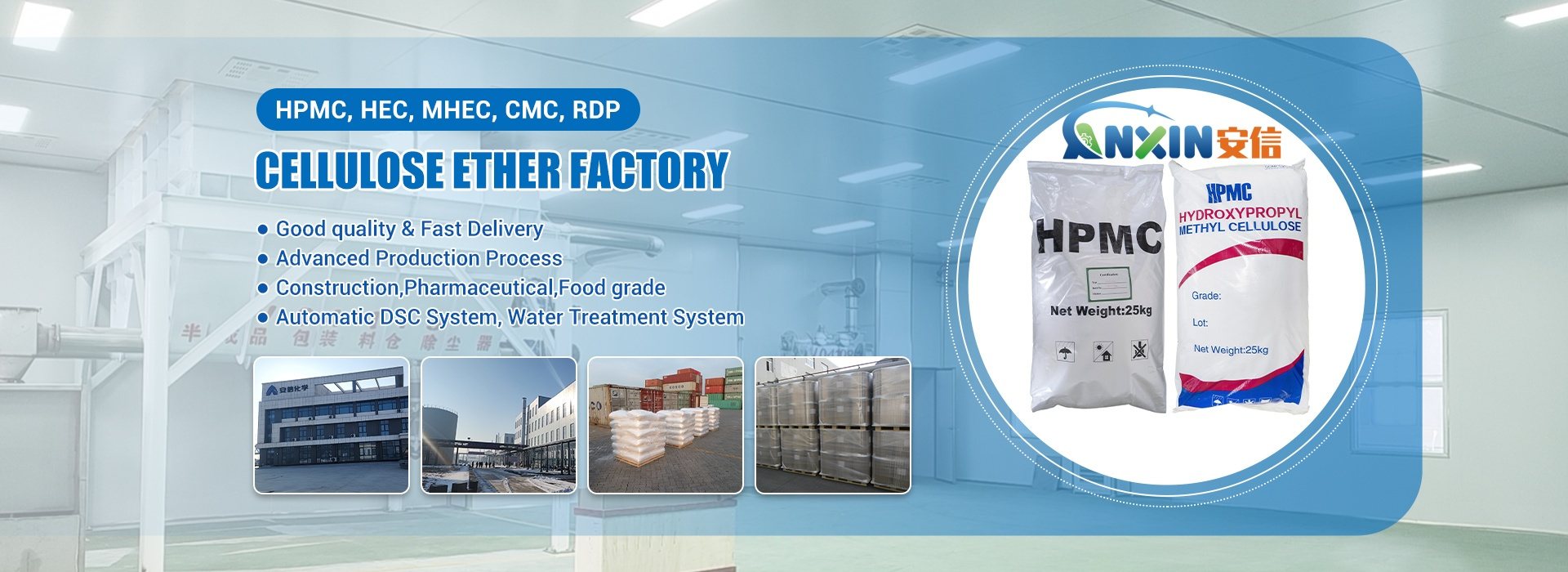Hydroxypropyl Methylcellulose (HPMC) is a commonly used non-ionic cellulose ether, which is widely used in the daily chemical industry, especially in cleaning products such as hand sanitizer, facial cleanser, shampoo, shower gel, etc. Its main functions include thickening, stable suspension, film-forming moisturizing, and improving touch.

1. Basic properties of HPMC
HPMC is a water-soluble polymer made of natural cellulose and chemically modified. It has good biocompatibility and biodegradability. It is a non-ionic polymer that can be dissolved in cold water to form a transparent, viscous colloidal solution. Due to its good solubility, viscosity control performance and high safety, it is widely used in food, medicine and daily chemical fields.
2. The main role of HPMC in hand sanitizer
2.1. Thickener
The core function of HPMC is to be used as a thickener. Hand sanitizer requires appropriate viscosity so that it is not easy to lose, easy to control and apply when used by users. HPMC can effectively increase the viscosity of the product at low concentrations, making the hand sanitizer present suitable rheological properties, enhancing its touch and user experience.
2.2. Stabilizers and suspending agents
Hand sanitizers may contain heterogeneous components such as essential oils, antibacterial ingredients, microcapsule particles or pearlescent agents. HPMC has good emulsification stability and suspension properties, which can prevent these components from stratification or precipitation, and improve the stability and appearance uniformity of hand sanitizers.
2.3. Improve fluidity and use experience
Due to the pseudoplastic fluid properties of HPMC solution (shear thinning), it has a high viscosity under low shear force, but the viscosity decreases when the user squeezes and scrubs, making it smoother to use without leaving a sticky feeling. This feature is very consistent with the product positioning of hand sanitizers as “easy to use and comfortable to use”.
2.4. Film formation and moisturizing
HPMC has film-forming properties and can form a thin film with good air permeability on the skin surface, which plays a role in protection and water lock. It can also enhance the skin’s lubricity and help reduce the irritation of detergents to the skin. It is one of the commonly used moisturizing ingredients in mild cleaning products.
2.5. Improve product appearance
High transparency is a major selling point of hand sanitizer. After HPMC dissolves, it forms a clear and transparent solution, which does not affect the appearance of the product. It can also be used with pearlescent agents to enhance the visual effect and enhance the high-end feel of the product.
3. How HPMC is used in hand sanitizer
In the formula of hand sanitizer, HPMC is generally added in powder form. In order to ensure that it is fully dissolved and prevent agglomeration, it is recommended to disperse it in cold water and stir it thoroughly, and then heat it up to accelerate the dissolution process. The commonly used addition amount is 0.1%~0.8%, depending on the required viscosity grade and the synergistic effect of other ingredients in the formula.
4. Advantages of using HPMC
Safe and non-irritating: HPMC is a non-ionic cellulose derivative, non-toxic and odorless, with low irritation to the skin and eyes, and is suitable for products used by children or sensitive skin.
Biodegradable: It is an environmentally friendly raw material of natural origin, which conforms to the development trend of green cosmetics.
Strong compatibility: It can be well compatible with various surfactants, flavors, preservatives and other ingredients, and is not prone to formula instability.
Cost controllable: Compared with some polymer synthetic thickeners, HPMC is cost-effective and is an economical and stable solution.
5. Precautions and challenges
5.1. Dissolution method needs to be reasonably controlled
If the operation is improper, problems such as agglomeration and insufficient dissolution are likely to occur, affecting product quality. HPMC must be added slowly under stirring and fully dissolved at an appropriate temperature.
5.2. A certain range of adaptability to pH
HPMC is stable when the pH value is between 4 and 11. If the hand sanitizer formula contains strong acid or strong alkali components, its stability and viscosity retention effect should be noted.

5.3. Temperature sensitivity
HPMC’s viscosity will decrease at high temperatures. If the hand sanitizer formula requires high-temperature sterilization, its thermal stability should be tested.
The application of HPMC in hand sanitizer reflects the dual requirements of modern daily chemical products for “high performance + high safety”. It not only improves the product’s texture and functionality, but also takes into account environmental protection and sustainable development. As consumers’ requirements for the quality of cleaning products continue to increase, HPMC, as a multifunctional, safe and stable raw material, will play an increasingly important role in hand sanitizers and other cleaning and skin care products. For daily chemical companies, the scientific and reasonable application of HPMC can not only enhance product competitiveness, but also help create a more attractive brand image.
Post time: Jun-24-2025
